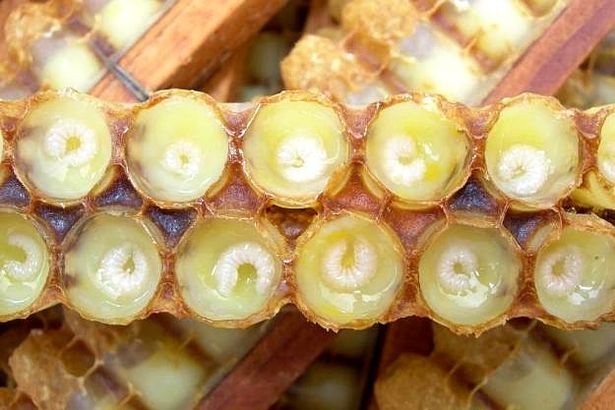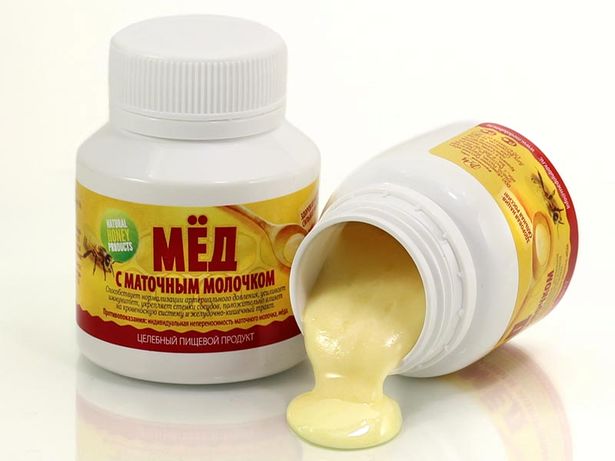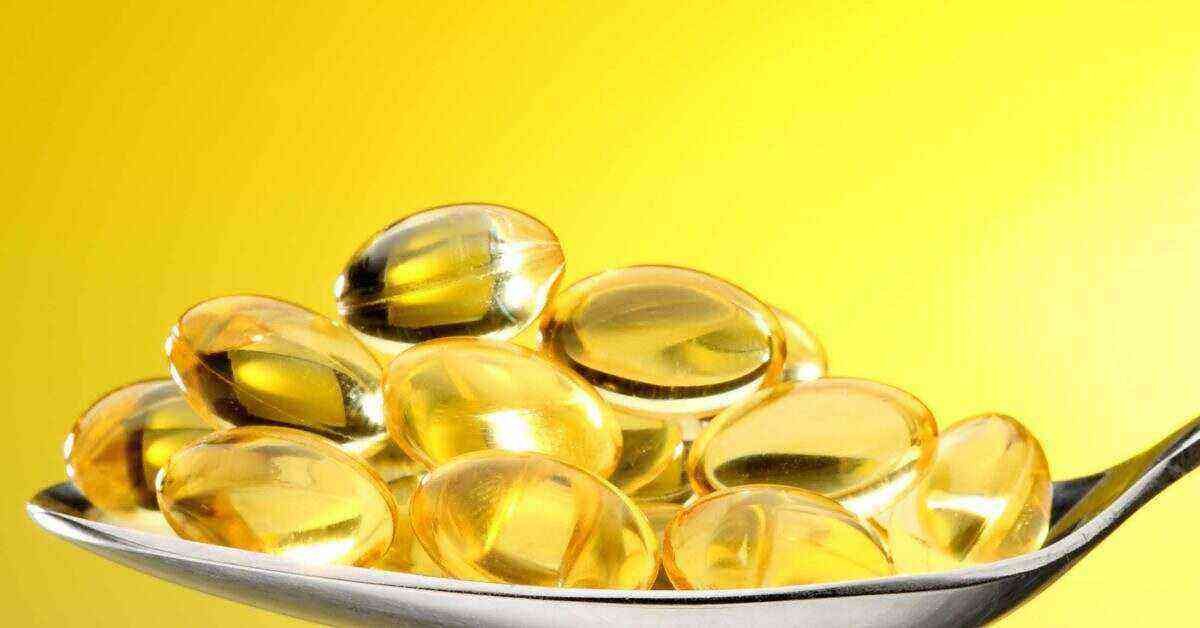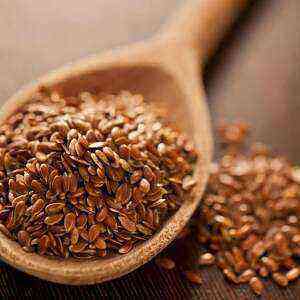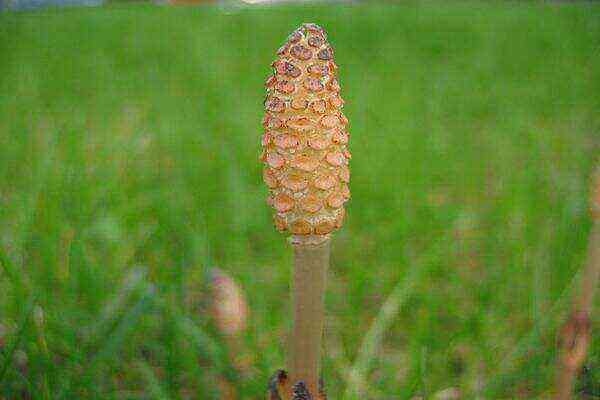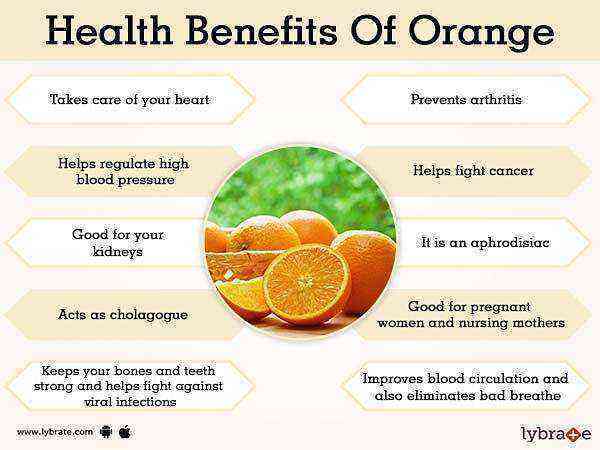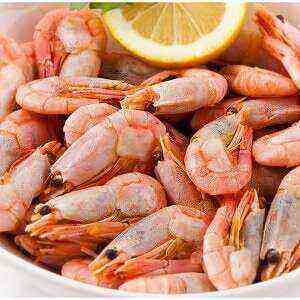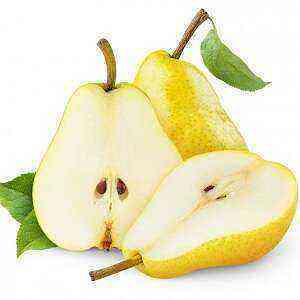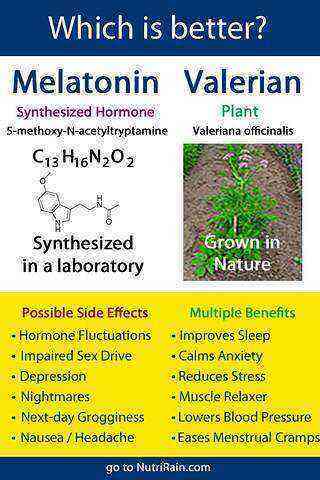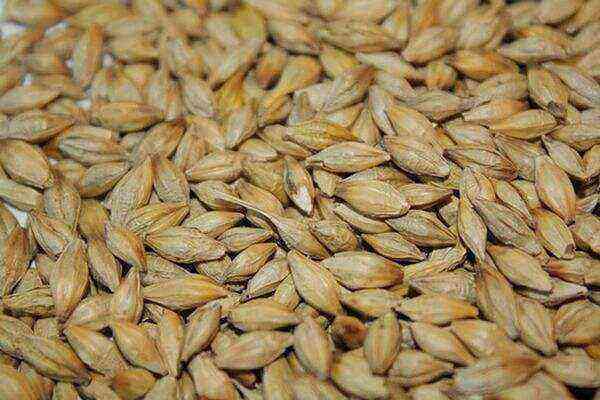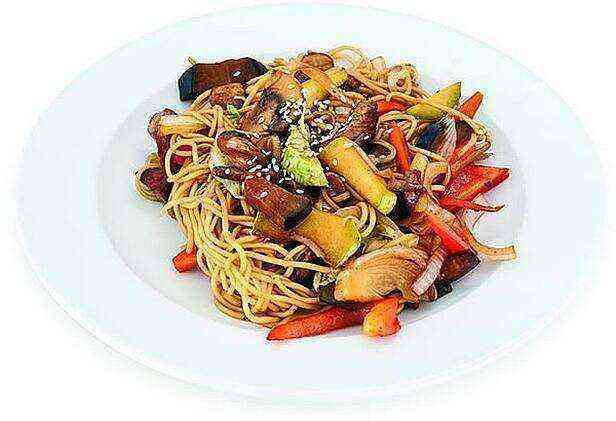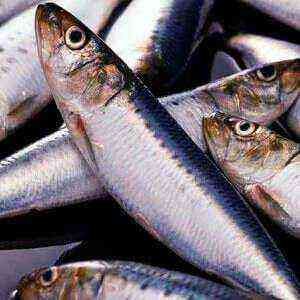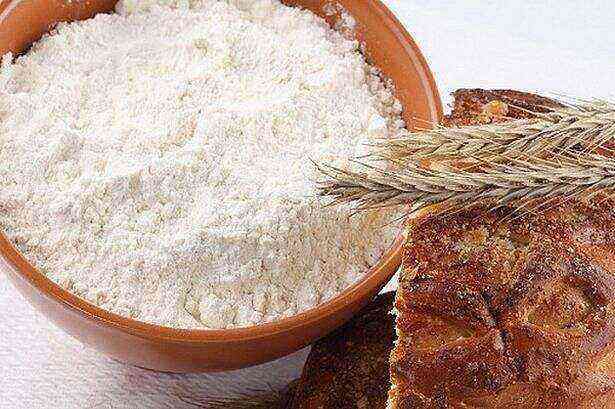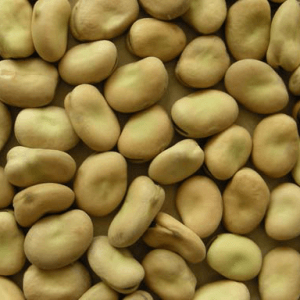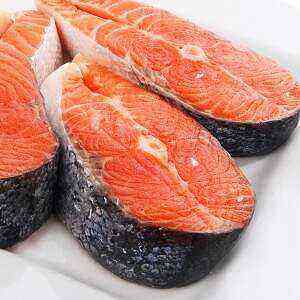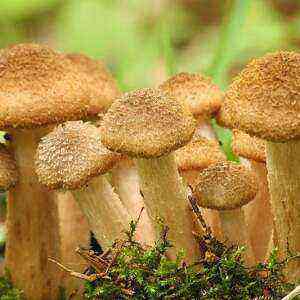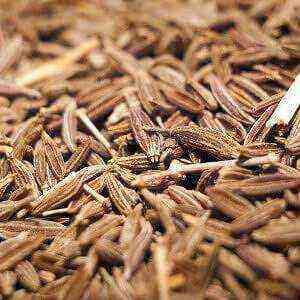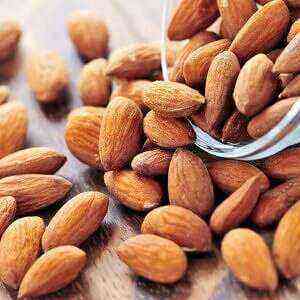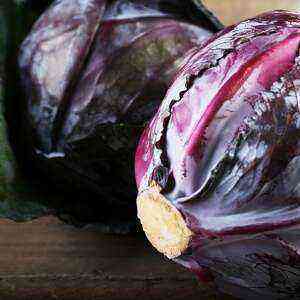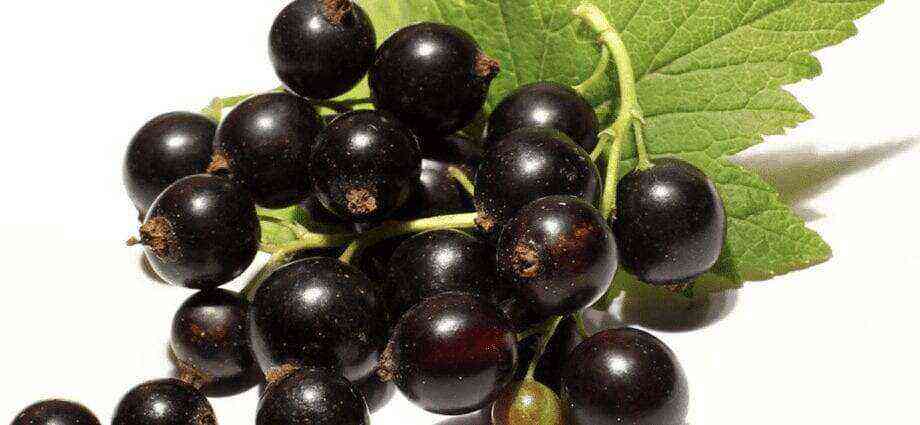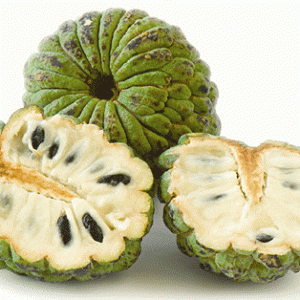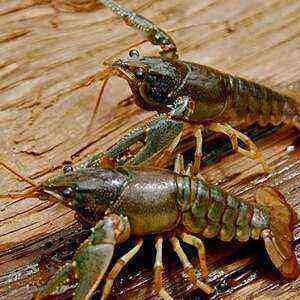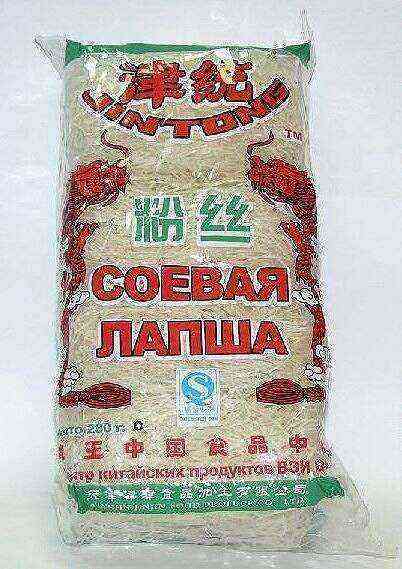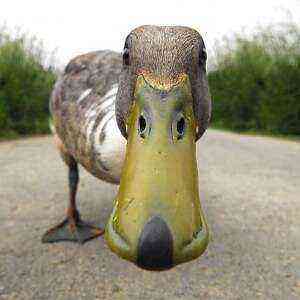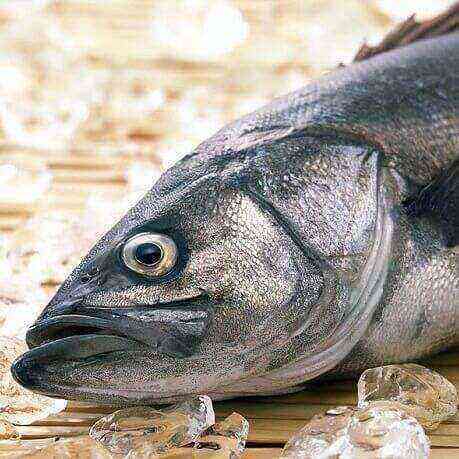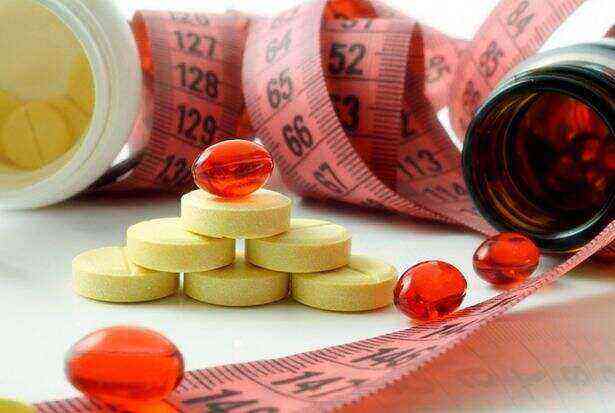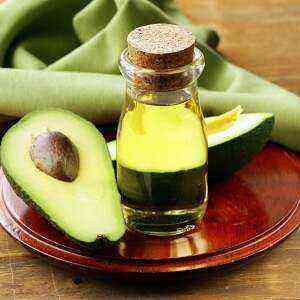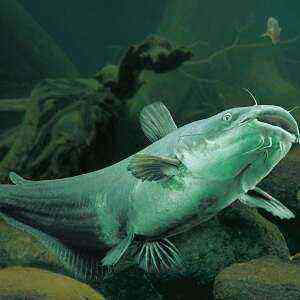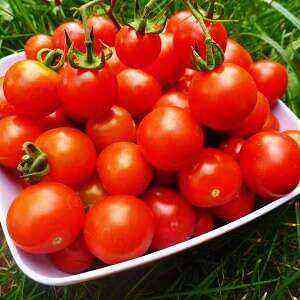Royal jelly is a natural dietary supplement, which has no analogues in nature. It was also called “royal jelly” because of its high cost and inaccessibility. In ancient times, only kings and their family members could afford such a product.
It is used for the production of medicinal products and cosmetics.
The most valuable is native royal jelly – raw, not processed in any way, except for cooling (freezing). It retains its valuable nutritional properties only if the beekeeper has frozen the substance no later than 20 minutes after collection.
For those who care about their health, it will be a good help in the fight against old age and disease. With regular use, strength is restored, efficiency increases, appetite, sleep, memory improve, immunity becomes very strong.
It has a positive effect on the cardiovascular and digestive systems, improves metabolism.
Royal jelly is indispensable for conception, infertility and pregnancy. It contains natural estrogens (female sex hormones), the intake of which increases the chances of conception hundreds of times. It is not for nothing that the queen bee, which feeds all its life exclusively on royal jelly, is capable of laying up to 2 thousand eggs per day.
It also contributes to the favorable development of pregnancy, improves lactation.
The composition of royal jelly
Royal jelly is the secret of the pharyngeal glands of bees, which feed them to the larvae and adult queens. Since it is a product processed with bee enzymes, it is easily absorbed by the human body as well, without causing problems in the digestive tract.
Outwardly, it is a jelly-like substance of milky color with a pearlescent hue and a sour-sweet taste. When taken, you can feel the burning sensation on the tongue. Darkening of royal jelly may indicate spoilage of the product.
The composition includes:
- 14-18% protein substances;
- 9-19% carbohydrates;
- 1,7-5,7% fat;
- vitamins B1, B2, B6, B12, B3, C, H, PP, folic acid;
- 15 microelements: iron, manganese, phosphorus, copper, silver, zinc and others;
- sex hormones (mainly female – estrogens).
And this is not a complete list of nutrients that make up royal jelly.
Benefit
The healing properties of royal jelly are truly enormous: it helps in the treatment of 70 different diseases. Here are just some of the more popular uses:
1. Treatment and prevention of influenza and respiratory diseases.
2. Alleviating the course of diabetes, lowering blood glucose levels.
3. After dilution with water, it can be instilled into the eyes to treat them.
4. Prevention and treatment of atherosclerosis. Regular use of royal jelly helps to reduce blood cholesterol levels, improve blood composition, and relieve pain in the heart.
5. Improving the quality of life and prolonging activity into old age. The elderly improve memory, vision, appetite.
6. Improvement of blood circulation in the brain and spinal cord, antispasmodic action.
7. Treatment of angina pectoris and vascular dystonia, normalization of pressure.
8. Increased chances of conception in case of infertility.
9. Improving lactation in the postpartum period.
10. Prevention of prostatitis and other useful urogenital areas.
11. Treatment of bronchial asthma.
12. Restoration of the functions of the endocrine glands.
13. Bactericidal and antimicrobial agent.
13. Healing of wounds and ulcers.
14. In infants and young children, it is used for malnutrition and anorexia.
15. A restorative remedy after mental or physical fatigue.
16. When applied externally, makes the skin more elastic and youthful, smoothes wrinkles.
Противопоказания
There is a small list of contraindications in which royal jelly can harm the human body:
- adrenal gland diseases;
- Addison’s disease;
- malignant tumors;
- acute infectious diseases.
Royal jelly is also contraindicated in cases of allergic reactions to bee products.
Sleep disturbances can sometimes occur, since the substance has an exciting effect, it should not be taken at night.
In case of an overdose, the consequences can be dry mouth, diarrhea and abdominal pain, deterioration in the functioning of the nervous and endocrine systems.
Dosing and Administration
It is necessary to separate approaches to the reception of native (raw) royal jelly, which can only be purchased at apiaries or at honey fairs (sold in queen cells or preserved in honey), and the product in dosage forms sold in pharmacies (tablets, dragees, tinctures, serums) …
The most correct way to consume royal jelly is directly from fresh or frozen mother liquor. The daily dose for treatment is the volume of one mother liquor (250-300 mg).
Take 1 time per day in the morning on an empty stomach 20 minutes before meals. To do this, take out the contents of the mother liquor with a teaspoon, after separating the larva (and some eat with it), and hold it under the tongue, dissolving for 2 minutes. It is very important to just hold the product under the tongue, and not swallow it right away. Thus, the valuable elements of royal jelly will be absorbed much better.
The course of taking native royal jelly during treatment is 21 days. Then it is recommended to take a long break (about six months) and conduct another course (21 days).
For prophylactic purposes, for general health improvement or to maintain pregnancy, royal jelly can be used in smaller doses (with a match head) for a long period.
In pharmacies, it is usually sold in the form of drugs, for example, Apilak. It is accompanied by instructions detailing the recommended doses of royal jelly per day.
Premature and newborn babies are prescribed 2,5 mg, and children older than 1 month – 5 mg in the form of suppositories 3 times a day. Adults – 10 mg 3 times a day for 10-15 days. The tablet is placed under the tongue until completely dissolved 15 minutes before meals.

